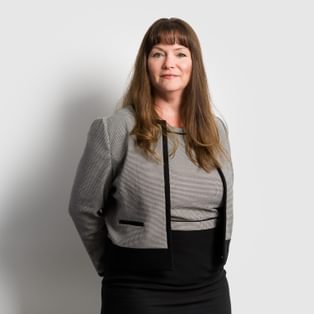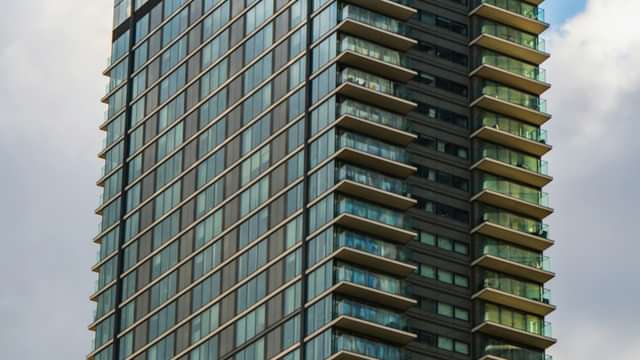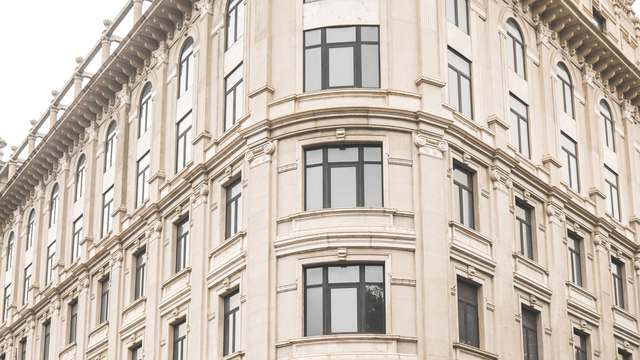When a tenant decides to take a lease of new premises they are usually eager to get the deal “done and dusted”. Having been in contact with an agent throughout negotiations it’s usually second nature for the deal to be passed to a tenant’s lawyers with instructions “to get the deal done ASAP”.
A well advised tenant will go one step further, engaging a building surveyor early on in the due diligence process to provide a comprehensive structural report and to report on any defects, repair and maintenance issues. A building survey can be crucial and will provide detailed information about the structure and fabric of the premises. It can also help highlight any potential pitfalls with the premises.
Whether or not a tenant decides to carry out a building survey, it is worth bearing in mind what the lease says about repair and what a tenant’s duties are under a lease.
In this article we will be looking at a tenant’s repairing obligation and giving you some practical tips and considerations.
From a legal perspective:
(A) Check the heads of terms
Heads of terms often include acronyms such as “FRI” and “IRI”. But what do these letters actually mean?
In short, FRI means "a full repairing and insuring lease" which indicates that the tenant has full responsibility for the repair of the whole premises. From this, it would be usual to expect that a tenant will be directly responsible for carrying out and paying for all repairs within the premises. For a lease of part there is an additional expectation that the tenant will be required to contribute via a service charge to repairs to the structure, exterior and common parts.
IRI means “an internal repairing lease” which indicates that the tenant would only be responsible for the interior parts of the premises. These, it must be said, are less common.
(B) Check the demise
It goes without saying the extent of what a tenant needs to repair will depend on the extent of the demise. In short, it depends on what you are leasing!
You should check the lease demise carefully to see what’s included. In a lease of whole it is usual for the whole of the premises to be included. This means it will be your responsibility to repair the exterior structural walls, foundations and roof.
In a lease of part the demise varies from property to property. It is worth bearing in mind that plant and conducting media may be included within the demise. Whatever is included or not included, make sure you are aware.
(C) Check what the lease says
A tenant will usually covenant to keep the premises "in good repair". Some leases go one step further than this and include a covenant to keep the premises “in good repair and condition”. What does this mean in practice? A covenant to keep the property in repair includes an obligation to put it into repair i.e. if it is in disrepair at the start of the lease you will need to deal with this on the grant of the lease. So, for example, if taking a lease of whole and the roof has a hole in it, unless stated otherwise, you will need to repair the hole when you first take possession.
You also need to think about whether your repairing covenant extends further than the bricks and mortar of the premises. Check to see whether fixtures and fittings, plant, conducting media, are included: if they fall into disrepair, will you be in breach of your lease?
(D) Stop and think
If you are taking a new lease think about the following options:
Is a schedule of condition possible?
A tenant may wish to limit its repairing obligation to keeping the premises in the same state as they are in at the grant of the lease. This may be particularly helpful if the premises you are taking are in a poor state of repair, if you are taking a short term lease or if you are taking an underlease.
If the parties agree to limit the tenant’s obligation in this way, they should prepare a schedule of condition, which is a set of photographs and accompanying narrative which detail the state of the premises at the beginning of the lease. The schedule needs to be agreed and kept with the lease for future reference.
Although this limits your repairing liability it does not place an obligation on the landlord to keep the premises in repair. This means that you could be left with premises in disrepair. Not an ideal situation.
Exclusion of inherent defects/Collateral warranties
A tenant may wish to exclude any liability for any damage or disrepair caused by inherent defects (defects in the design or construction of a building, or the materials used, which existed on completion of the building works but were not apparent on inspection). In addition it is worth pursuing whether you are able to obtain collateral warranties and third party rights from the building team in your favour.
Excluding liability for inherent defects is particularly worthwhile for new build properties.
Service charge cap
Where a lease of part is being granted, it will include certain services which are performed by the landlord but paid for by the tenant. It is usual that these services include repairing common parts and the structure of the building. This means that if the wider building needs repairing you, as tenant, will be responsible for contributing to this via the service charge. To limit your repairing obligation it may be worth agreeing with your landlord to limit your costs to an agreed yearly figure which is often subject to annual RPI increases.
(E) Done and dusted
Your lease is agreed, you’ve carried out (and most importantly reviewed) your building survey, but the work isn’t over.
Throughout the lease term, you must continually monitor the state and condition of your premises and act in a timely manner when any issues arise. You may also need to inform your landlord of any defects/disrepairs that you become aware of. Also note that, depending on the terms of your lease, you may need to carry out repairs to the premises needed to comply with statute and any other legal provisions.




















































































